Hawks
by Eleanor Lippman
The east side of Chicago Avenue in Riverside, California, was developed with mix of middle class homes. The land was hilly and streets wound through the neighborhood in ways to maximize lot sizes, so streets dead-ended or curved to meet the contours of the land or were only a block long, and it was always hard to find some houses based on their address. That is where I lived, on Timberlane Drive, one of those abrupt one block long streets that curved around in a long uphill arc.
The other side of Chicago Avenue was flat and undeveloped, and no one was in charge of the wild things that grew there. Further on past those trees and bushes, and running parallel to the Avenue, was a gulley with a creek that only held water briefly after a heavy rain. And beyond that, past the dry creek, the land rose again forming an imposing hill, and beyond that, more housing developments with houses which looked down on Chicago Avenue from the very edge of the rise.
No one seemed to pay attention to that stretch of land that had been donated to the city by a wealthy and civic minded man many years earlier in order to develop into a much-needed neighborhood park. Years passed, the trees grew taller and the bushes and wild flowers and other plants multiplied; it was a lovely sight much appreciated by the people traveling along Chicago Avenue and the houses that looked down on the land and the houses that looked on it from across the street. The city fathers ignored that tract of land or forgot about it or didn’t care. Nobody ever thought about the birds nesting in those trees or the insects that lived there or any animals that made that area their home. For more than thirty years while living in the Canyon Crest area, every time I approached that Chicago intersection as I was leaving or returning to my home either by bicycle or by automobile, I saw the wildness of the land and never gave it a single thought.
One morning, I opened the Press Enterprise, our local newspaper, to read the headline: “Ultimatum!” Apparently, the family of the now long deceased benefactor decided enough was enough. If the city was not going to turn the land into a park within a set period of time, the family intended to reclaim it and develop it for themselves – and probably not into a neighborhood park.
I guess that woke up the powers to be and the city fathers scrambled to not let the land and the opportunity slip from their hands. In short order, they found the funds and created a long range plan for baseball fields, tennis courts, bathroom facilities, drinking fountains, and kiddy play areas. Their plan seemed to satisfy the family who donated the land and they encouraged the city to move forward.
The first change was to a narrow walking path that was built connecting Chicago Avenue through the trees and bushes and on up to the housing development above. It was actually a lovely walking shortcut between my house on one side of Chicago Avenue and the houses on the hill past the other side of Chicago Avenue. A person could walk from one place to the other in a few minutes. With this new path connecting the two neighborhoods it was an easy walk, whereas traveling to the houses on that side by car on city streets involved a long indirect drive. One day the path was gone.
Winter came, then a rainy season, and park and playground development ground to a halt.
I remember clearly when things began to change. I was riding my bicycle along Chicago Avenue on my way home and was approaching the area with its tall trees and dense foliage. In the sky, high above the trees, many birds were slowly circling. The number of them and the fact that they just circled around and around above the trees was very unusual. I had never seen behavior like that before. I had no idea what was happening. I watched the behavior of the birds for several days – always flying and soaring in circles above the trees that grew in that wild area.
And then the construction trucks appeared. The men were clearing the area of all vegetation, tearing out the trees, hauling away the shrubs and bushes. It didn’t take very long before the entire area was stripped of greenery; the wild things were gone. The area had been cleansed of anything that grew. Next, huge trucks circled the area in an attempt to flatten the earth and make sure everything was level. Along with the men and the trucks were water bearing trucks constantly spraying the area to hold down the dust and dirt. The wild things were gone and all that was left was a huge flat, brown, sterile landscape. Just dirt. The birds disappeared. Everything changed.
Slowly, a neighborhood park developed. Baseball fields appeared along with tennis courts and a children’s play area with structures to climb and explore, ample car parking, public rest rooms. It became hugely popular in light of the fact that for all of those homes in the developments on either side, there had been no commons areas, no parks, no libraries, no commercial activity – just acres of homes and a small elementary school at the top of the hill. Because the area was so hilly, children couldn’t play stick ball in the streets, and skate boarding and roller skating would prove dangerous. Residents were starved for a place to meet and play. The new recreation area met a hugely deserved need.
I wondered what had happened to the birds and insects and animals who had made their home there. Not a single tree remained in the entire complex, not a spot of shade during the baking hot summer months. Just ball fields and tennis courts and people.
But for all of those human residents in the neighborhood, they now had their park.


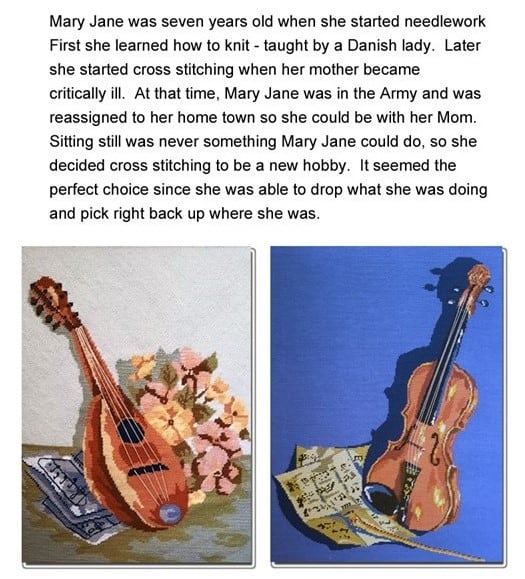
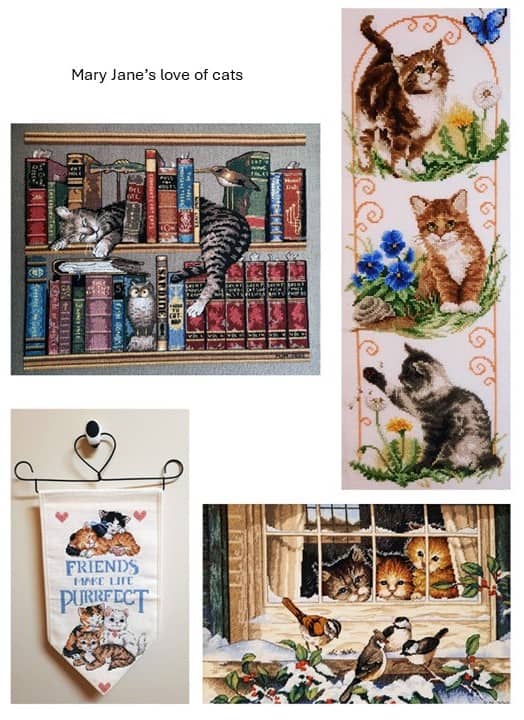
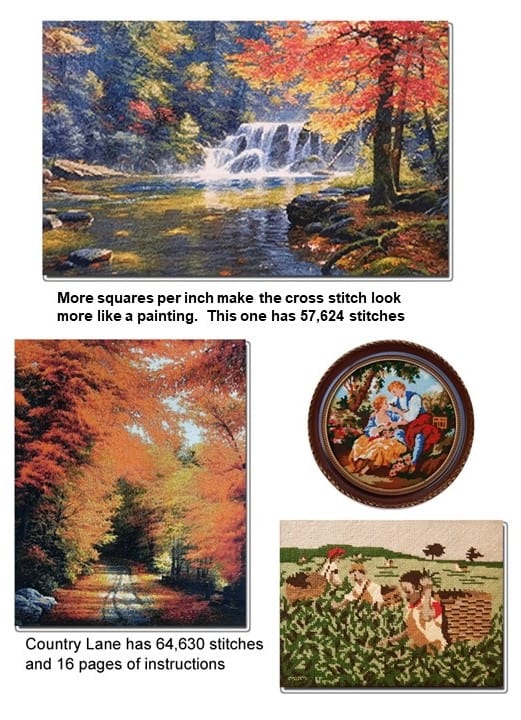
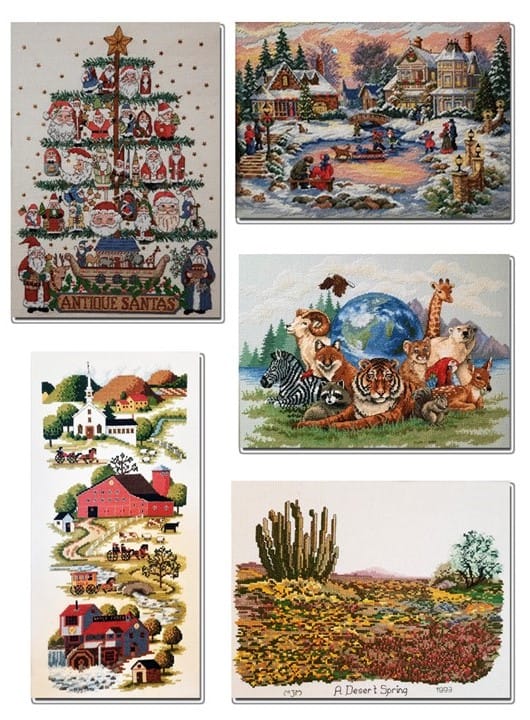
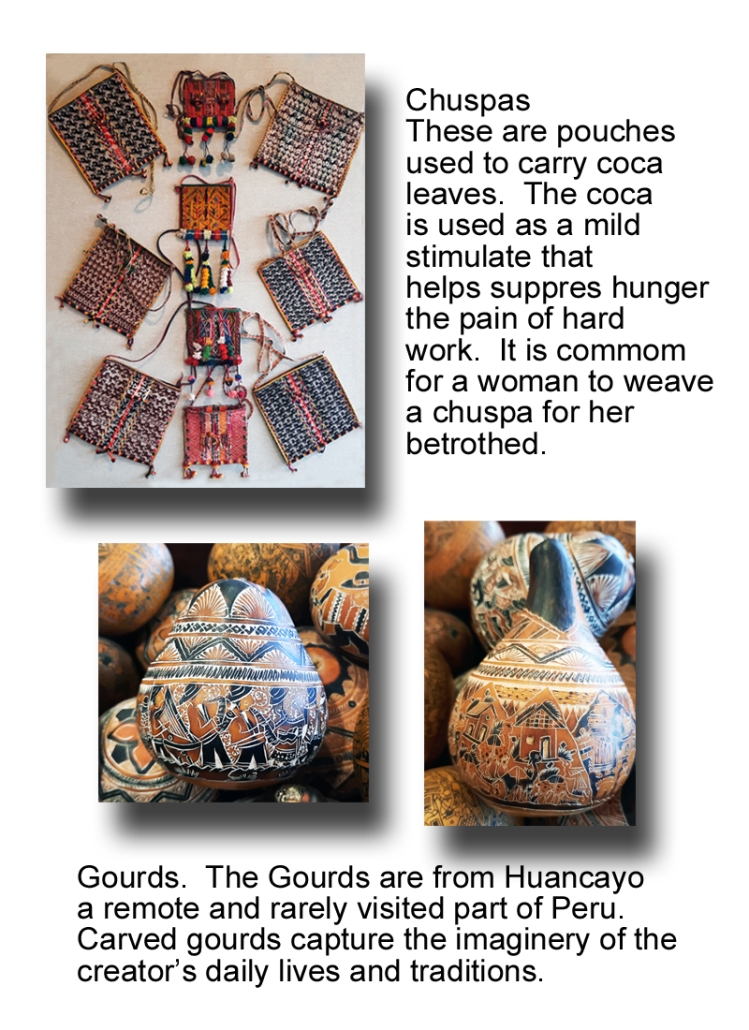
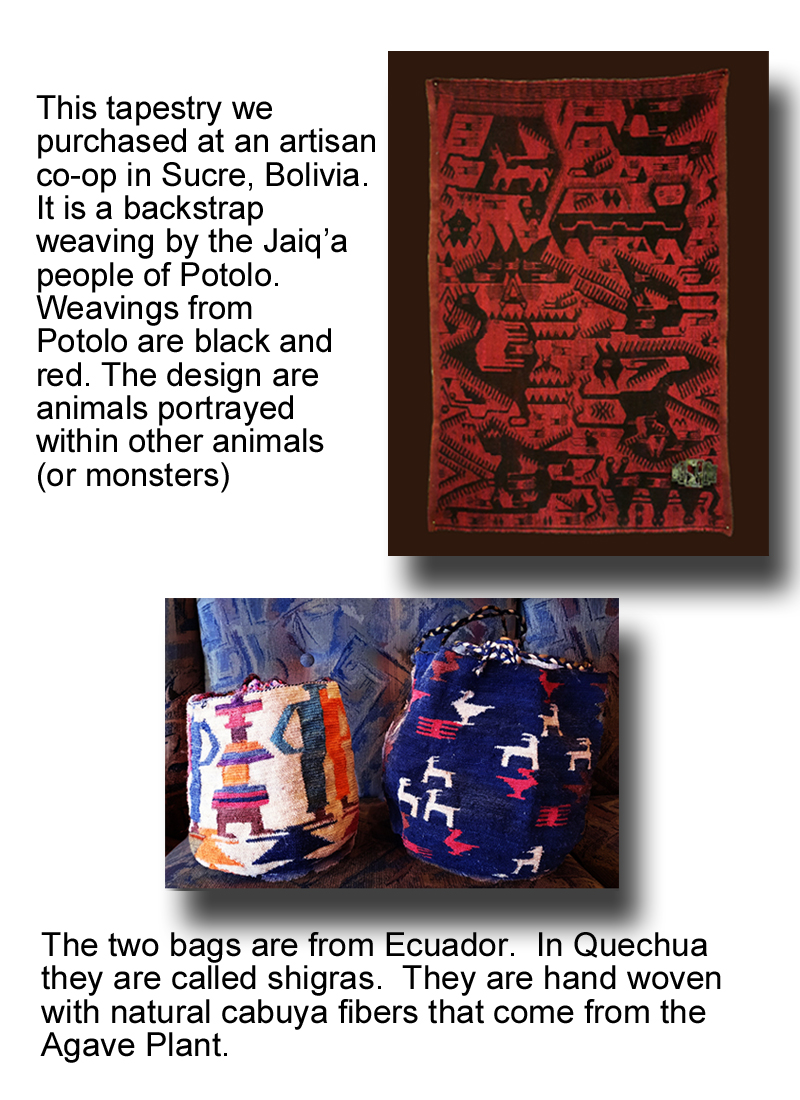
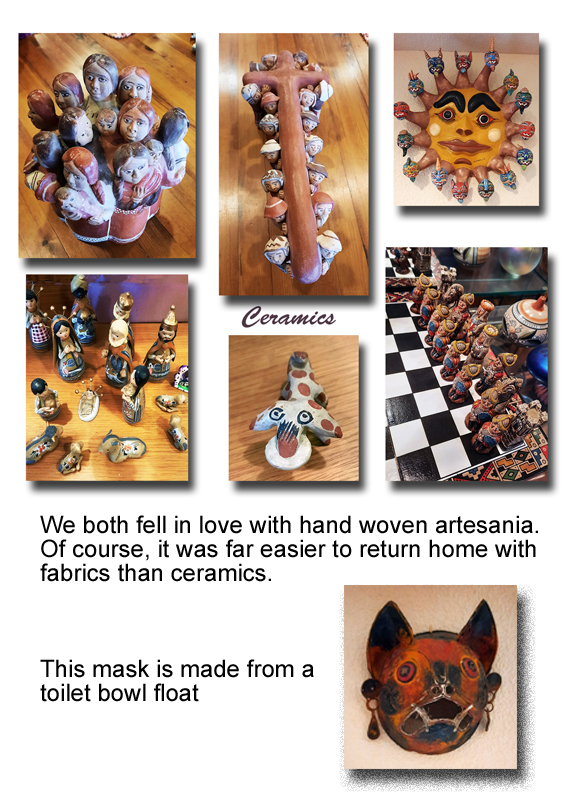

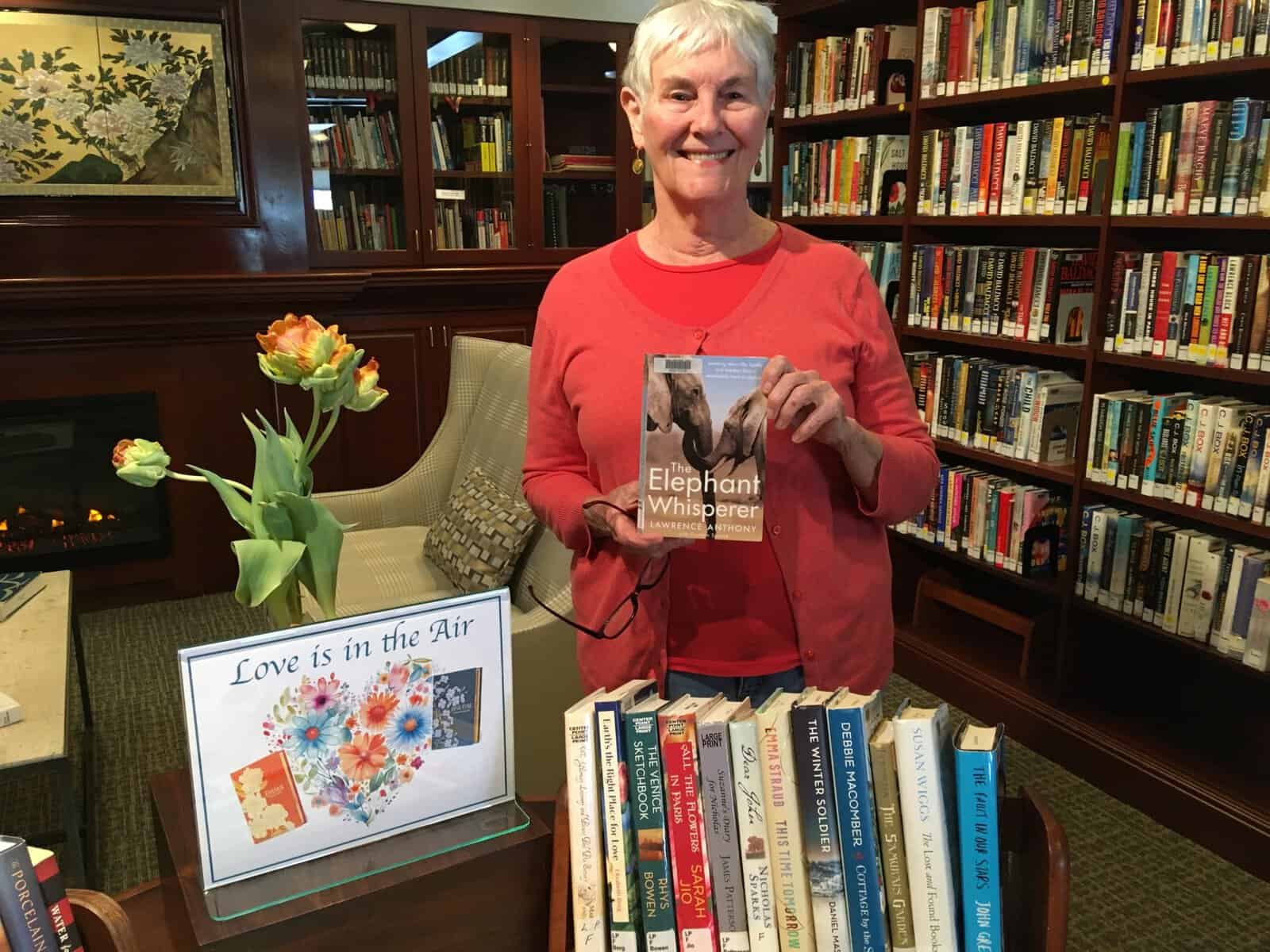
 Seated around a large round table were a group of white haired old ladies enjoying afternoon tea. Conspicuous among them was my grandmother who did not have a single grey hair in her head. She was the brunette, the only one without white or blue or silver locks. She spotted me, a skinny awkward 8 year old, peering at the group from behind the staircase railing and motioned for me to come and join them.
Seated around a large round table were a group of white haired old ladies enjoying afternoon tea. Conspicuous among them was my grandmother who did not have a single grey hair in her head. She was the brunette, the only one without white or blue or silver locks. She spotted me, a skinny awkward 8 year old, peering at the group from behind the staircase railing and motioned for me to come and join them. “Yes, thank you,” I said as I took the creamer and poured a generous amount into my cup.
“Yes, thank you,” I said as I took the creamer and poured a generous amount into my cup.